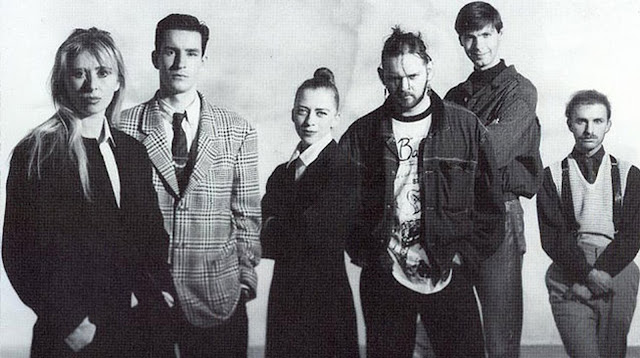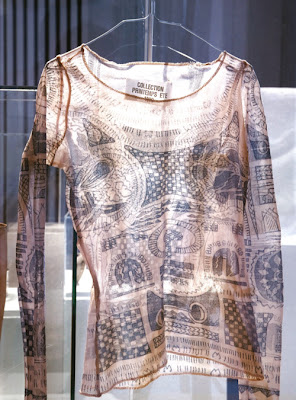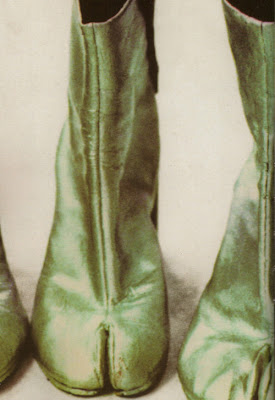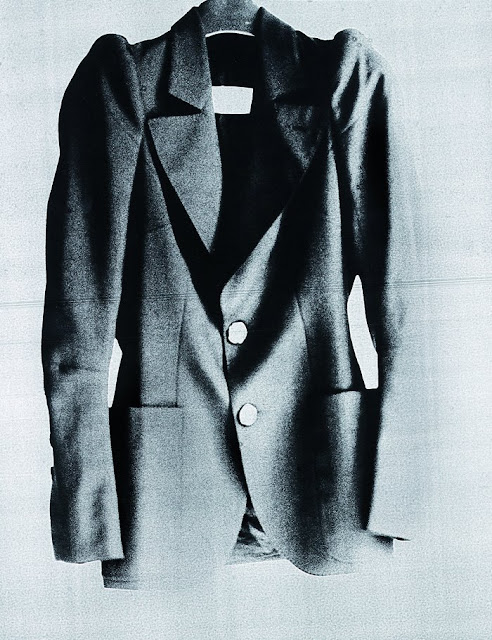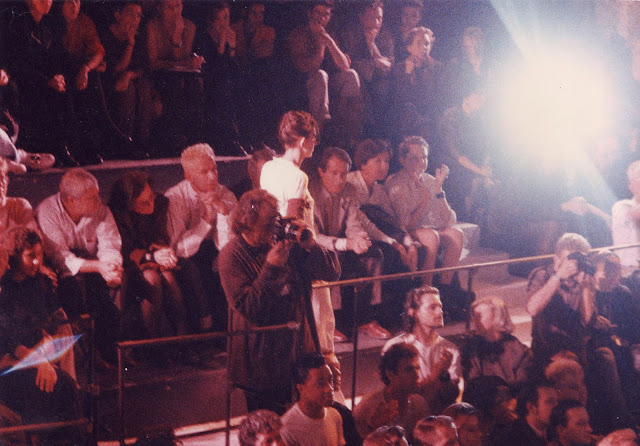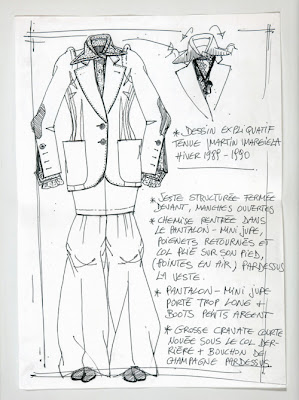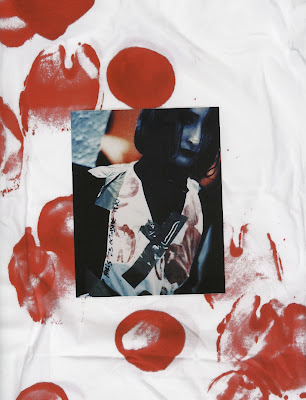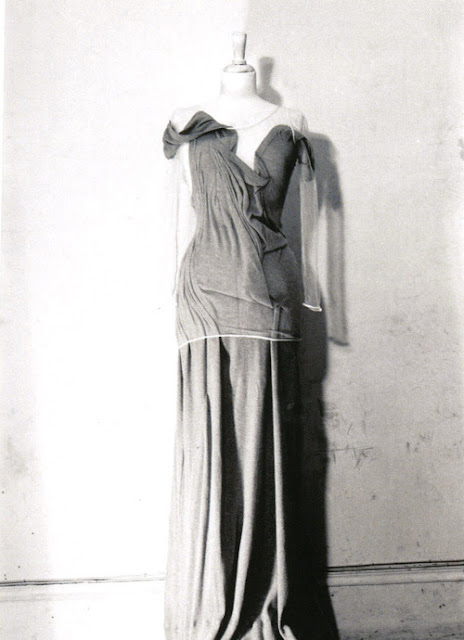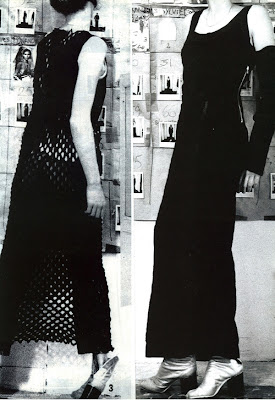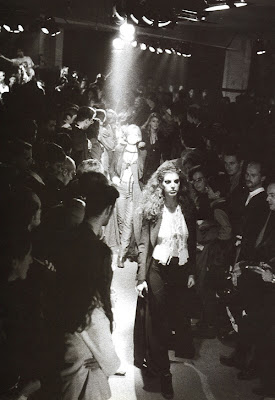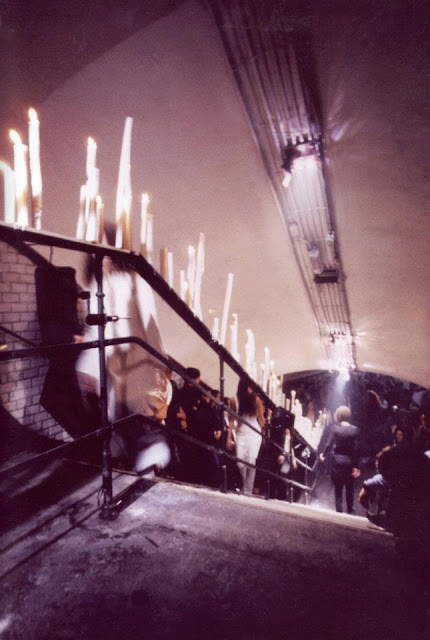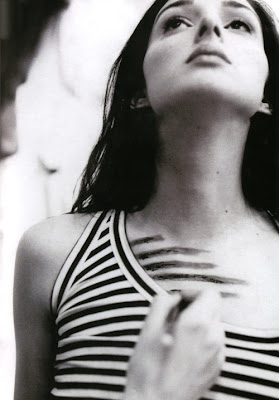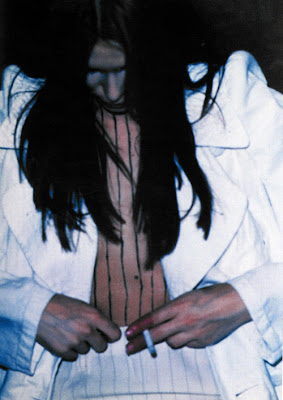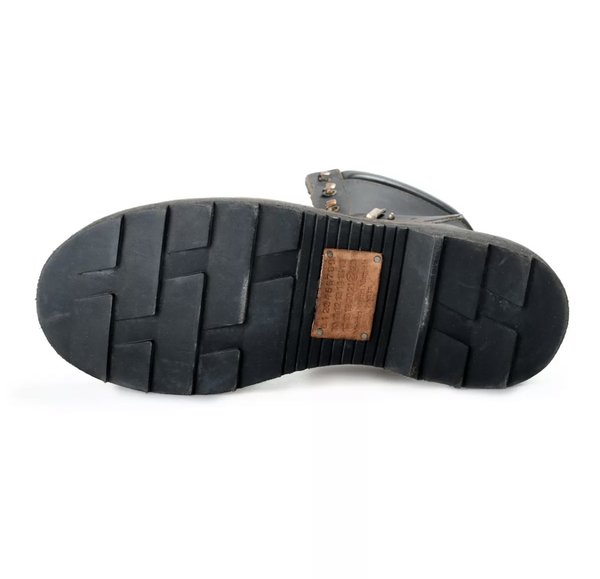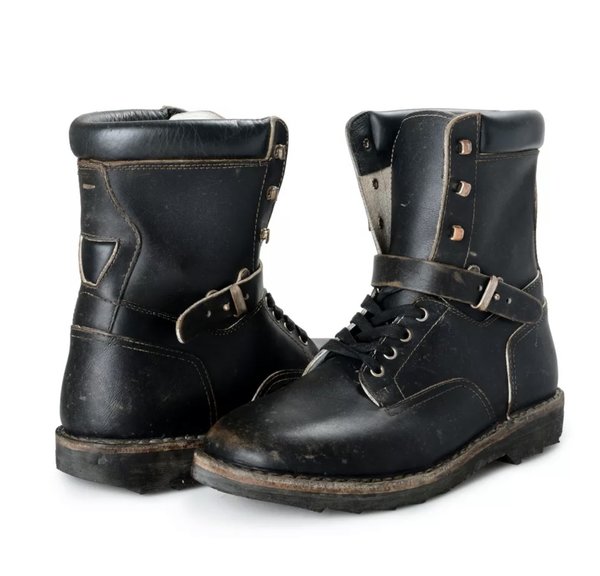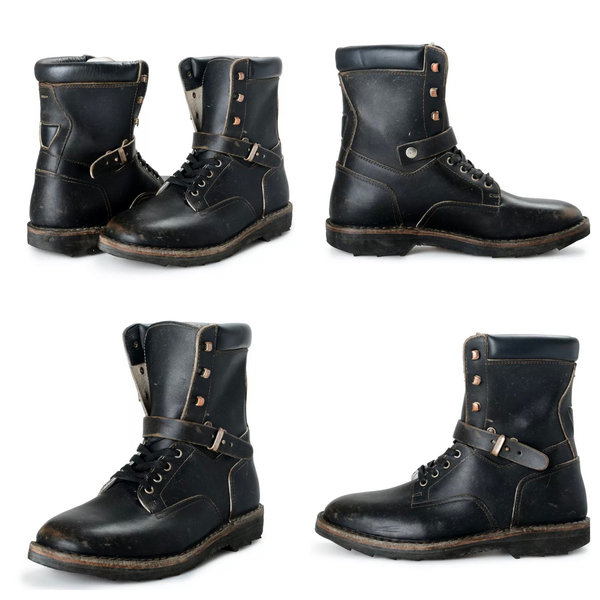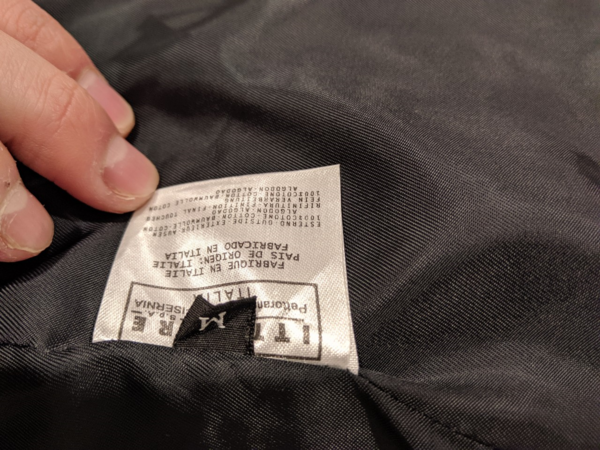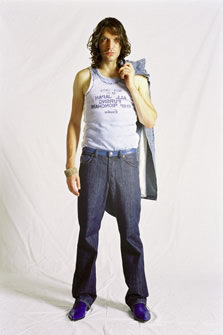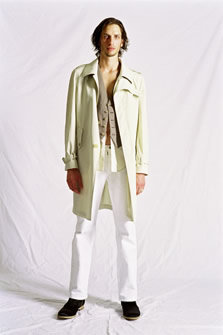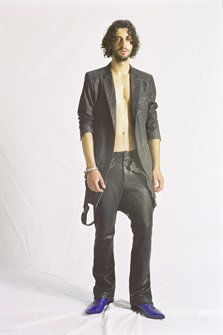RegisDB9
Rico Suave
- Joined
- Oct 15, 2010
- Messages
- 6,963
- Reaction score
- 35,007
“White is the Maisons Color”
White is anonymous for MMM because conceptually, it can be seen as undefined. The Maison says white is “[n]eutral, the binary opposite of black, or a blank canvas.” White is “evidence of option, an option of expression, be that ours or that of those who choose to wear the clothes we propose.” The Maison also uses white to connect back to the concept of democratic design. As noted above, all MMM design team and sales assistants wear white coats, thus white serves as “[a] symbol of belonging to the house of Margiela, a rejection of hierarchy, a nod to the haute couture ateliers of yesteryear.” White also connects the consumer to the brand through (yet another) contradiction. White is never really a blank canvas. When worn normally in public, white clothing’s bright, loud neutrality can be just as declarative as The Maison’s choice to remain anonymous to the press. And, as the the Maison itself notes, it serves as a way to connect people to the brand.
Initially, MMM presented only women’s ready to wear collections, with its first show occurring during Paris Fashion Week SS 1989. Margiela was quickly given recognition. In 1989, he was the first recipient of the ANDAM Award. The acronym translates to the National Association for the Development of the Fashion Arts and it is “the French equivalent of the Council of Fashion Designers of America prize.”
From 1997-2003, Margiela was artistic director at Hermes while continuing to design for MMM7 (coincidentally, Gaultier would take over the Hermes position in 2003). MMM men’s runway presentations were introduced in October 1998 for S/S 1999.
In 2002, a majority stake of Maison Martin Margiela was acquired by Diesel founder/President Renzo Rosso (MMM was held as Neuf SAS and acquired through Rosso’s Italian holding group Only the Brave. OTB owns the brands like Diesel, 55DSL, Maison Martin Margiela and Viktor & Rolf. OTB also owns Staff International S.p.A., a manufacturing and distribution arm with licensing agreements to produce Maison Martin Margiela, Viktor & Rolf, Dsquared2, Vivienne Westwood, Marc Jacobs Men and Just Cavalli.
In January 2006, MMM became a Correspondent Member of the Chambre Syndicale de la Haute Couture. In May 2006, MMM showed its first haute couture collection using the “Artisanal” Line, a practice that continues to this day.
In early 2009, rumors began to spread that Martin Margiela was no longer involved in the design process and was unhappy with the increasingly commercial direction Renzo Rosso was taking MMM. On December 9, 2009, MMM CEO Giovanni Pungetti officially confirmed that Martin Margiela was no longer at MMM and that no designer would be appointed to replace him. Rather, the existing design team would take the reins. Eventually, Matthieu Blazy was appointed designer of couture and “Artisanal” but it is unclear exactly when, with rumors beginning in 2011. Since leaving the Maison, Martin Margiela has maintained press silence and has shown no interest in returning to the fashion world.
1977-1979/80: Attends and graduates from Royal Academy of Fine Arts Antwerp. Graduation date disputed.
1984-1987: Serves as Design Assistant for Jean Paul Gaultier (Book)
1988: Establishes Maison Martin Margiela with Belgian retailer Jenny Meirens under Neuf SAS (similar to an American LLC) and shows SS 1989 in Paris. At this time it is only womenswear. Line 1 established.
1989: Martin Margiela awarded the first ever ANDAM Award.
1994: Replica line officially made a part of Line 1; is included in Line 10 when it is established. Eventually becomes a part of Lines 4 and 14 (date unknown).
1994: Charity AIDS t-shirt introduced for FW 1994. Still in production.
1997, May: The current label, with numbers 0-23 on white cloth, is introduced. Previously, only a plain white, unmarked label was used.
1997, Oct: Line 6 – women’s diffusion line.
1997-2003: Martin Margiela serves as Artistic Director of Hermes women’s collections. Appointed in Apr. 1997 with his first show in FW 1998.
1998, Mar: Line 22 – a collection of shoes for women
1998, Oct: Line 10 – the men’s equivalent of Line 1, introduced for SS 1999
1998, Oct: Line 13 – objects and publications.
1999, Apr: Line 15 – collaboration line with mail order company 3 Suisses, short lived.
2002, Jul: MMM/Neuf SAS sells its majority stake to Only the Brave, an Italian holding company owned by Diesel founder/President Renzo Rosso.
2003, Oct: Line 4 – a wardrobe for women, introduced for SS 2004
2004, Jun: Line 6, women’s diffusion, rebranded to mm6.
2004, Jul: Line 14 – a wardrobe for men, introduced for SS 2005
2005, Jan: Line 11 – a collection of accessories for women and men.
2005, Jan: Line 22 – a collection of shoes for women and men officially introduced for FW 2005/6. Previously, small selections of footwear were released with Lines 1 and 10.
2006, Jan: MMM becomes a Correspondent Member of the Chambre Syndicale de la Haute Couture.
2006, May: MMM presents its Haute Couture show during SS 2006, using “Artisanal” Line 0 pieces.
2007, Oct: Line 8 – eyewear collection.
2008: 20th Anniversary celebrations for MMM take place.
2008: Sartorial Collection, a capsule collection in Line 14, introduced for FW 2008/9.
2008, Mar: Line 1 separated from “Défilé (runway)” and given separate tags.
2008, Jul: Line 12 – a collection of fine jewelry.
2009, Oct 3: Renzo Rosso states that Martin Margiela “has not been there for a long time.”
2009, Dec 9: MMM officially confirms that Martin Margiela left MMM and the current design team would take over artistic direction rather than hiring a new head designer.
2010, Jan: Line 3 – fragrances, with unisex Fragrance “Untitled”.
2010, Oct: E-Boutique Launches3
2012, Jun 12: H&M x MMM confirmed
2014, Oct: Galliano named head designer
Last edited:

